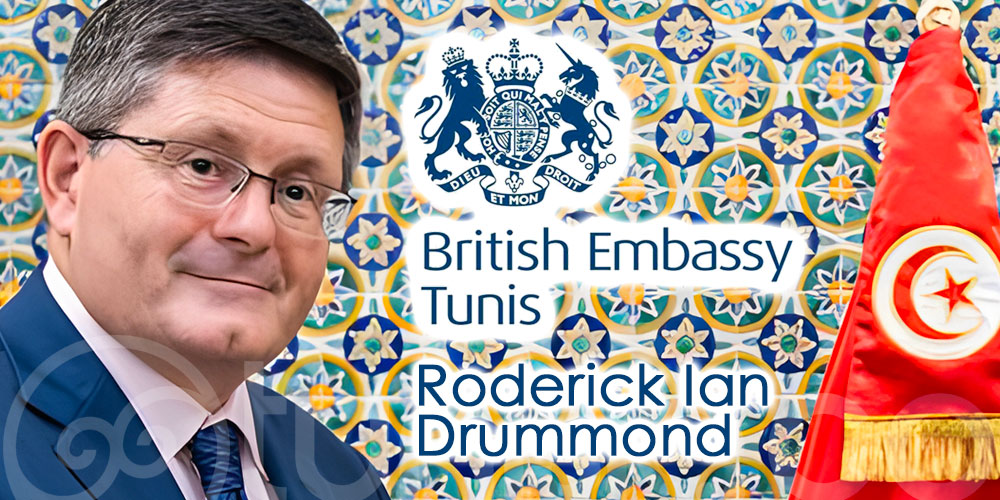With its 1,400 kilometers of coastline, natural thermal springs, and an ideal Mediterranean climate, Tunisia has established itself as a leading destination for thalassotherapy.
Thalassotherapy: Tunisia is becoming a world leader.

Already ranked second in the world behind France, it now aims for the top spot thanks to its modern centers and affordable prices.
Historically rooted in Tunisian culture, thalassotherapy dates back to Antiquity, during the time of the Carthaginians and Romans. Korbous, the country’s first thermal resort, remains an iconic site with waters renowned for their benefits. However, other destinations such as Hammamet, Sousse, Monastir, and Djerba also attract thousands of visitors each year.
Today, Tunisia boasts 60 thalassotherapy centers and 390 spas, most of which are integrated into hotels. This sector generates nearly 200 million dinars per year, representing 50% of Tunisia’s health tourism industry. With 1.2 million annual visitors, including a large European clientele, it actively contributes to the country’s economy and job market.
Despite these advantages, certain challenges remain. The lack of communication and limited air connections still hinder the sector’s growth. However, new initiatives are underway to enhance the offer, including eco-friendly thermal resort projects in Beni M’tir and near Lake Ichkeul.
Confident in their potential, industry leaders are focusing on upgrading facilities and better showcasing this unique heritage. With a well-defined strategy, Tunisia could soon establish itself as the world’s top thalassotherapy destination.








